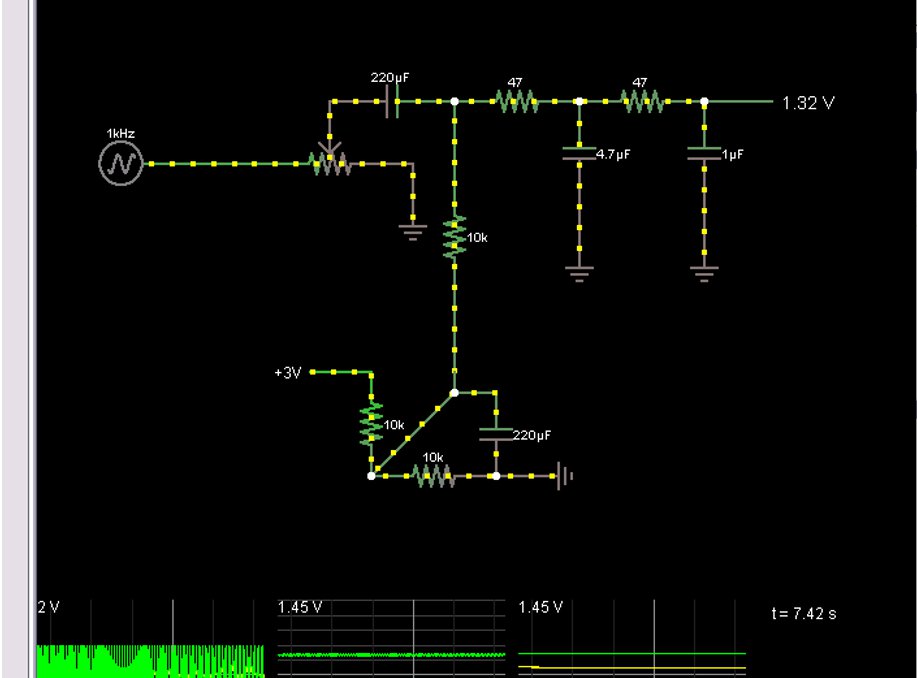I have seen a few different ways of adding DC bias to an audio signal. I have simulated them and they all give me similar results, but I can't figure out why choose A over B or C. My audio source will be a Line Level Audio -2V to +2V AC passed through a 220uF coupling cap and then a low pass filter(RC, 2 pole). The signal will be read by an ADC.
First way is using a Voltage divider: Simple Biasing Circuit

This is pretty self-explanatory and I understand how it works. I have also seen this same design using a diode but could not find an example.
Next example: How to read an audio signal using ATMega328? - picture is from endolith's answer.

Another one that I have seen is: I don't quite understand this FET-BJT preamp circuit
And the schematic is for a pre-amp, and there are 2 versions and both add a bias.

My question is what is the best practice for adding the bias to an audio signal? What are some of the other ways to add a DC bias to the signal?
Edit/Update: Looking at the answers - using the second one looks like it will work best for my application, using something like this. Are there any other improvements I can make? Other then Stable Vref/power rails.



